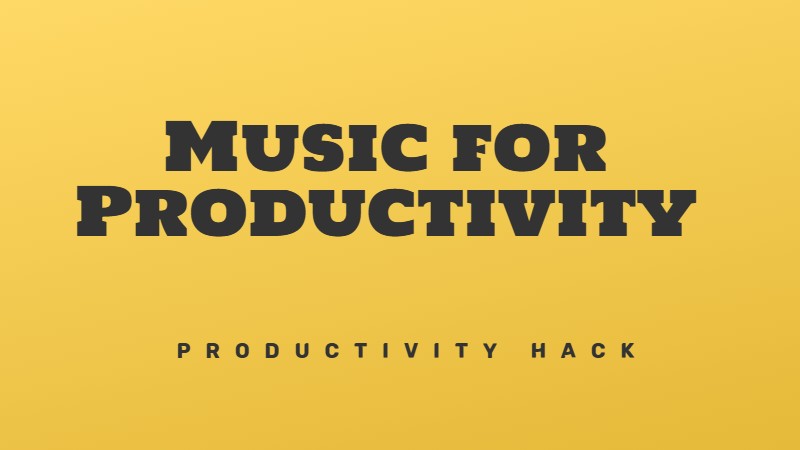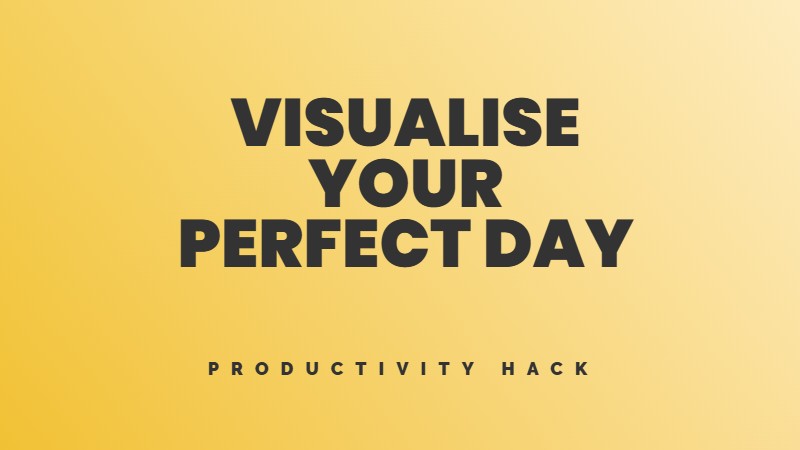I’ve never considered myself a morning person. I believed I worked best at night and dreaded early mornings. But when I started my own business, I realized late nights weren’t sustainable.
So I decided to become a “morning person.” The first step was to start identifying as one. When people would ask, “Are you a morning person or a night owl?” I’d respond with “Oh, I’m definitely a morning person.” Mind you, I was still struggling to wake up before 8 am at this point. But I kept affirming my new identity.
I also started doing what I imagined a morning person would do. I’d wake up, stretch, and say to myself, “I love mornings! I’m so excited to start my day.” Even though I didn’t fully believe it, I was acting the part.
These identity tricks helped shift my mindset. Waking up early was no longer something I dreaded but something morning-me did. It became part of my self-image.
From there, I started small by waking up 15 minutes earlier each week. These small wins added up as evidence that I was becoming a morning person.
After a month, I was waking up an hour earlier without much effort. Being productive in the morning was now part of my identity. I became the person for whom my desired habits were natural.
Want new habits? Become someone new
We all want to change for the better. To be healthier, more productive, a better partner or friend. But changing habits is hard. Really hard. Most of our efforts to change fail within weeks, despite our best intentions.
The problem is in how we approach change. We focus on superficial goals and desired outcomes like losing 20 pounds, doubling our income, or being more organized. But this outcome-based approach misses the most important factor – your identity.
The key to lasting change is to become someone new, not just chase results. Our current habits are a reflection of how we see ourselves. So to truly change your habits, change your identity first.
Here’s how it works:
Tips for adopting identity-based habits
Things to avoid
Sagens kerne
When you build a new identity through small habits, you flip a switch. Suddenly, taking the right actions isn’t a herculean act of willpower. It’s just doing what you do.
Think about the times you’ve made lasting change. I bet it came from a shift in how you saw yourself. Once that core identity took root, the behaviours flowed naturally. You didn’t need to force it anymore. You showed up differently because you were different.
Plant the seeds of your new identity today, and tend them daily. Ask yourself, “What would a healthy person do in this situation?” or “What would a disciplined student do/not do?” Let that future version of you guide your present actions.




Giv feedback om dette